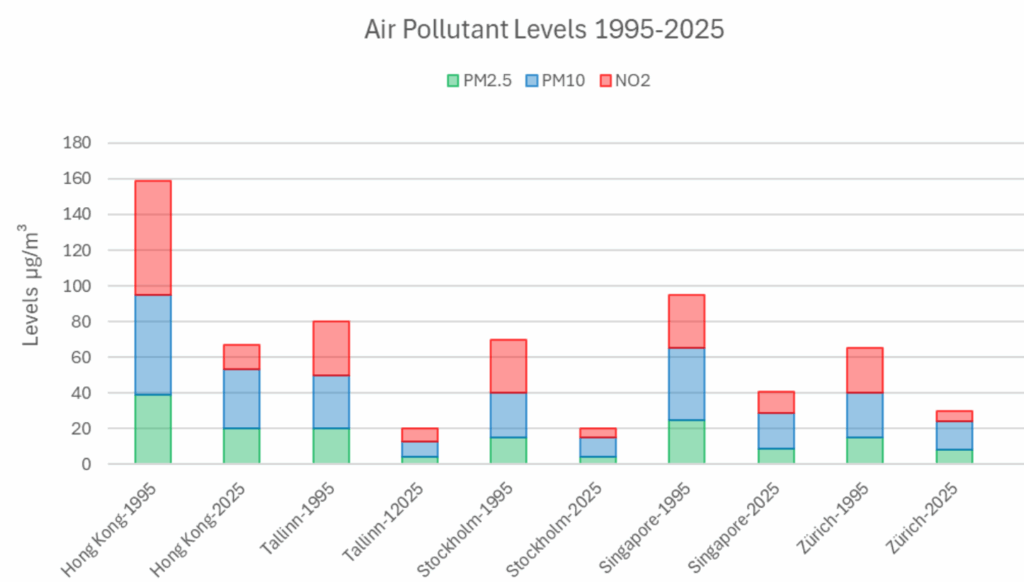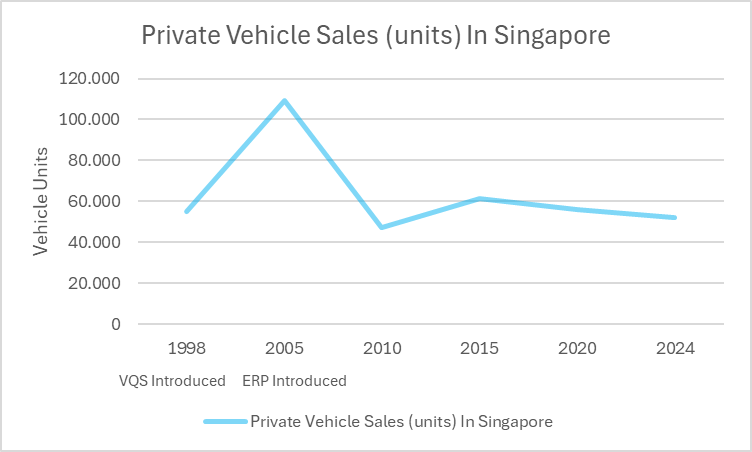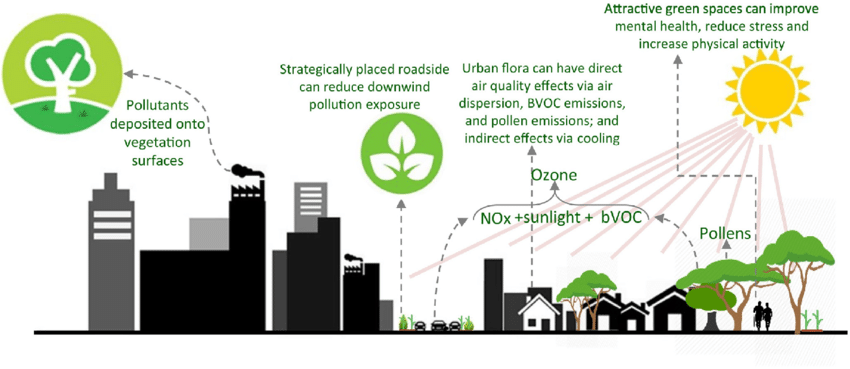Smart Cities: Keys to Achieving Excellent Outdoor Air Quality
When we think of excellent air quality, we often imagine remote villages or pristine mountain towns. Yet, some of the world’s most densely populated smart cities—like Singapore, Tallinn, Zürich, Stockholm, and even Hong Kong—demonstrate that urban living and good outdoor air quality can go hand in hand. But what exactly are the strategies that help these cities breathe easy?
1. Data-Driven Air Quality Management

A cornerstone of excellent air quality in smart cities is real-time, data-driven management. Cities face pollutants such as PM10, PM2.5, and nitrogen dioxide (NO₂), primarily from vehicles, industry, and construction. These pollutants can cause serious health problems, from respiratory irritation to heart disease.
Smart cities like Singapore and Zürich have invested in advanced air quality monitoring networks. For example, Singapore’s National Environment Agency uses a dense sensor network to provide continuous, real-time data on pollutant levels. This empowers both the public and policymakers to respond quickly—adjusting traffic, issuing health advisories, or targeting pollution hotspots. Zürich uses predictive analytics to optimize traffic and urban planning, further reducing exposure to harmful pollutants. These systems are often integrated with smart infrastructure, such as automated building ventilation, to maintain healthy air indoors and out.
2. Strong Regulation of Vehicles and Industry
Effective regulation is key to achieving excellent air quality. Singapore’s Vehicle Quota System (VQS) and Electronic Road Pricing (ERP) limit the number of private vehicles and reduce congestion. The city also enforces strict Euro VI emission standards, pushing for cleaner engines and fuels.

Hong Kong has phased out older diesel commercial vehicles and incentivizes electric vehicle (EV) adoption. Both cities have relocated industrial zones away from residential areas, minimizing public exposure to industrial pollution. These regulations are regularly updated to reflect the latest environmental science and technology.
3. Reliable and Clean Public Transport
Prioritizing clean, efficient public transport is another hallmark of cities with good outdoor air quality. Zürich and Stockholm run highly integrated, electrified public transport systems, with trams and buses powered by renewable energy. Stockholm’s congestion charge has significantly reduced car traffic and improved air quality in the city center.
In Singapore and Hong Kong, public transport is not only affordable and efficient but also increasingly green, with a growing fleet of electric buses, taxis, and cars. The convenience and reliability of these systems encourage residents to choose public transport over private vehicles, further reducing emissions.
4. Expansive Urban Green Spaces

Urban green spaces are vital for filtering air pollutants like NO₂ and PM2.5. Trees and vegetation can absorb significant amounts of airborne contaminants, directly improving air quality. Here’s how some leading cities compare:
Singapore’s “City in a Garden” initiative, Hong Kong’s protected green areas, and Stockholm’s proximity of parks to residents all demonstrate the power of urban nature. These green spaces not only purify the air but also support biodiversity and help cities adapt to climate change.
5. Public Awareness and Community Involvement
Sustaining excellent air quality requires public engagement. Cities like Zürich and Singapore run educational campaigns about air pollution’s sources and health impacts, empowering individuals to make a difference. Community involvement is encouraged through participatory planning and grassroots initiatives, ensuring citizens have a say in shaping environmental policies. This engagement fosters behavioral changes, such as increased public transport use and support for green infrastructure.
Conclusion: Smart Cities Show How to Have Good Outdoor Air Quality
Cities like Singapore, Zürich, and Stockholm prove that excellent air quality is achievable—even in dense urban environments. The keys? Real-time monitoring, strong regulation, clean public transport, abundant green spaces, and active public engagement.
At the heart of these successes is accurate, actionable data. That’s where Airscan comes in: our advanced air quality monitoring and analysis solutions empower cities (with our project Pure Cities), businesses, and communities to track pollution, target interventions, and create healthier, more sustainable places to live. Clean air is possible and Airscan helps make it happen.
- Air Quality Monitoring
Latest Articles

School air quality: protect children today | Airscan
Children are more vulnerable to air pollution at school. Key Brussels data, effective measures (school streets, LEZ), and Airscan solutions: monitoring, smart ventilation, certification‑ready reporting.


Ventilation Audits in Flanders Care Homes: Airscan’s 40‑Site Study on Indoor Air Quality
Airscan’s audit of 40 Flemish care homes uncovered critical ventilation issues: nearly 1 in 4 rooms exceeded safe CO₂ limits. With VEB and VIPA support, the study offers data-driven solutions to protect residents’ health.
